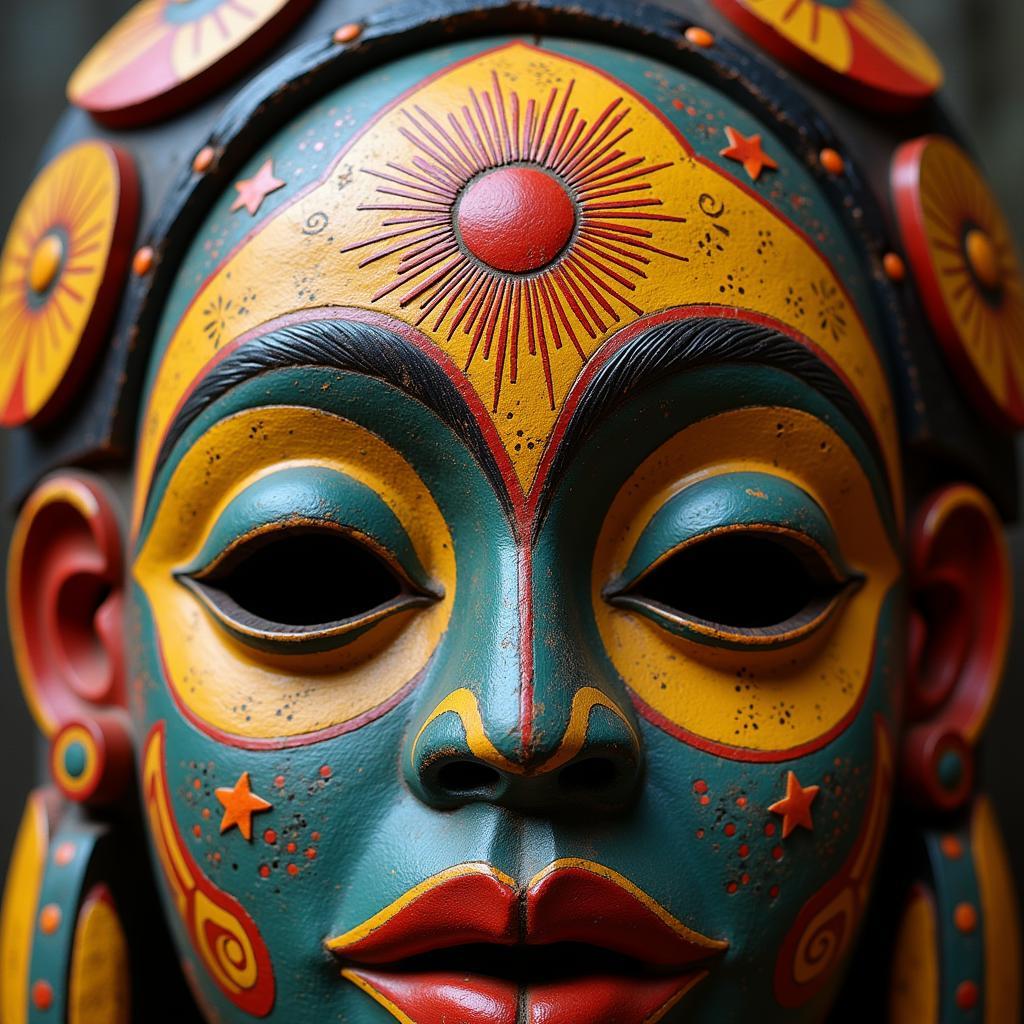Unlocking the Secrets of African Acacia Tree Seeds
African Acacia Tree Seeds are more than just tiny grains; they represent resilience, adaptation, and the promise of life in some of the harshest environments on Earth. These seeds hold the key to understanding the acacia’s vital role in African ecosystems and offer valuable resources for both humans and wildlife. Let’s delve into the fascinating world of these tiny but powerful seeds.
The Remarkable Journey of African Acacia Tree Seeds
Acacias, iconic symbols of the African savanna, have evolved ingenious strategies for survival. Their seeds are particularly fascinating, demonstrating remarkable adaptations to drought, fire, and herbivory. One of the key features is their hard seed coat, which protects the embryo from harsh conditions. This durable outer layer allows the seeds to remain dormant for extended periods, sometimes even years, waiting for the perfect conditions to germinate. This dormancy is crucial for survival in unpredictable climates, ensuring that germination occurs when there is sufficient rainfall and the temperature is optimal.
This ability to remain dormant also contributes to the acacia’s resilience to fire. While fire can be destructive, it can also play a crucial role in seed germination for certain acacia species. The heat from the fire can crack the hard seed coat, breaking the dormancy and triggering germination when the rains arrive. This fire-adapted trait allows acacias to regenerate quickly after wildfires, ensuring the continuation of the species. Furthermore, some acacia species have developed mutualistic relationships with ants, providing them with shelter and food in exchange for protection against herbivores. These ants often help disperse the acacia seeds, carrying them away from the parent tree and further contributing to the tree’s survival. You might also be interested in learning about other african flowering trees.
Understanding Germination of Acacia Seeds
Understanding the germination process of African acacia tree seeds is vital for conservation efforts and for those interested in cultivating these remarkable trees. While the hard seed coat protects the embryo, it also presents a challenge for germination. Several techniques are employed to break this dormancy and encourage germination, including scarification, soaking in hot water, and even nicking the seed coat with a sharp object. These methods mimic natural processes like fire or the action of animals chewing on the seeds, effectively softening the hard outer layer and allowing water to penetrate and initiate germination. Knowing the specific requirements for different acacia species is crucial for successful germination.
The Ecological Significance of African Acacia Trees and Their Seeds
African acacia trees are keystone species in many ecosystems, providing food and shelter for a diverse range of wildlife, from insects to large mammals. Their seeds are a vital food source for many birds, rodents, and herbivores. The trees themselves offer shade and habitat, contributing to the overall biodiversity of the savanna. They also play a critical role in soil stabilization, preventing erosion and improving soil fertility through nitrogen fixation. Learn more about the fascinating world of african animals and their habitats.
Dr. Anika Olaleye, a renowned botanist specializing in African flora, notes, “Acacias are fundamental to the health and stability of African ecosystems. Their seeds, though small, are a linchpin in the complex web of life on the savanna.”
Uses of African Acacia Tree Seeds
African acacia tree seeds have been used by humans for centuries. Traditionally, some acacia seeds are ground into flour and used as a food source, particularly during times of drought. Other species have medicinal properties and are used in traditional medicine to treat various ailments. The wood of the acacia tree is also valuable, used for building materials, fuel, and crafting.
The resilient nature of african grassland plants like the acacia is truly remarkable. Understanding the adaptations of these plants, including their seeds, is crucial for conservation efforts.
The Future of African Acacia Trees
As climate change continues to impact African ecosystems, the role of acacia trees becomes even more critical. Their ability to withstand drought and fire makes them crucial for maintaining biodiversity and supporting local communities. Research and conservation efforts are focused on understanding the genetic diversity of acacia species and developing strategies to protect these valuable trees for future generations. Professor Joseph N’gombe, a leading expert in African ecosystem conservation, emphasizes, “Protecting and propagating acacias is not just about preserving a tree; it’s about safeguarding the future of the African savanna and the countless species that depend on it.”
Knowing the resilience of african desert animals and plants highlights the importance of understanding adaptation in harsh environments.
In conclusion, African acacia tree seeds are remarkable examples of adaptation and resilience in the face of challenging environments. They are crucial for the health of African ecosystems and provide valuable resources for both wildlife and humans. By understanding and protecting these tiny seeds, we can contribute to the long-term survival of these iconic trees and the vibrant ecosystems they support. Learn more about cultivating these unique trees by exploring the world of the african bonsai tree.
FAQ
- How long do acacia seeds stay dormant? Acacia seeds can remain dormant for years, waiting for favorable conditions to germinate.
- What are some ways to germinate acacia seeds? Soaking in hot water, scarification, or nicking the seed coat can break dormancy.
- Why are acacia trees important for African ecosystems? They provide food and shelter for wildlife, stabilize soil, and improve soil fertility.
- What are some traditional uses of acacia seeds? They are sometimes ground into flour for food and used in traditional medicine.
- How does climate change affect acacia trees? Their drought and fire resistance makes them crucial for maintaining biodiversity in changing climates.
- What are the conservation efforts focused on acacia trees? Research and projects aim to understand genetic diversity and develop protection strategies.
- Where can I learn more about growing acacia trees? You can find resources and information online and in gardening guides.
More Questions?
Do you have more questions about African acacia tree seeds or other related topics? Explore other articles on our website for more information about African flora and fauna.
Need Help?
When you need assistance, please contact us at Phone: +255768904061, Email: kaka.mag@gmail.com Or visit us at: Mbarali DC Mawindi, Kangaga, Tanzania. We have a 24/7 customer support team.


